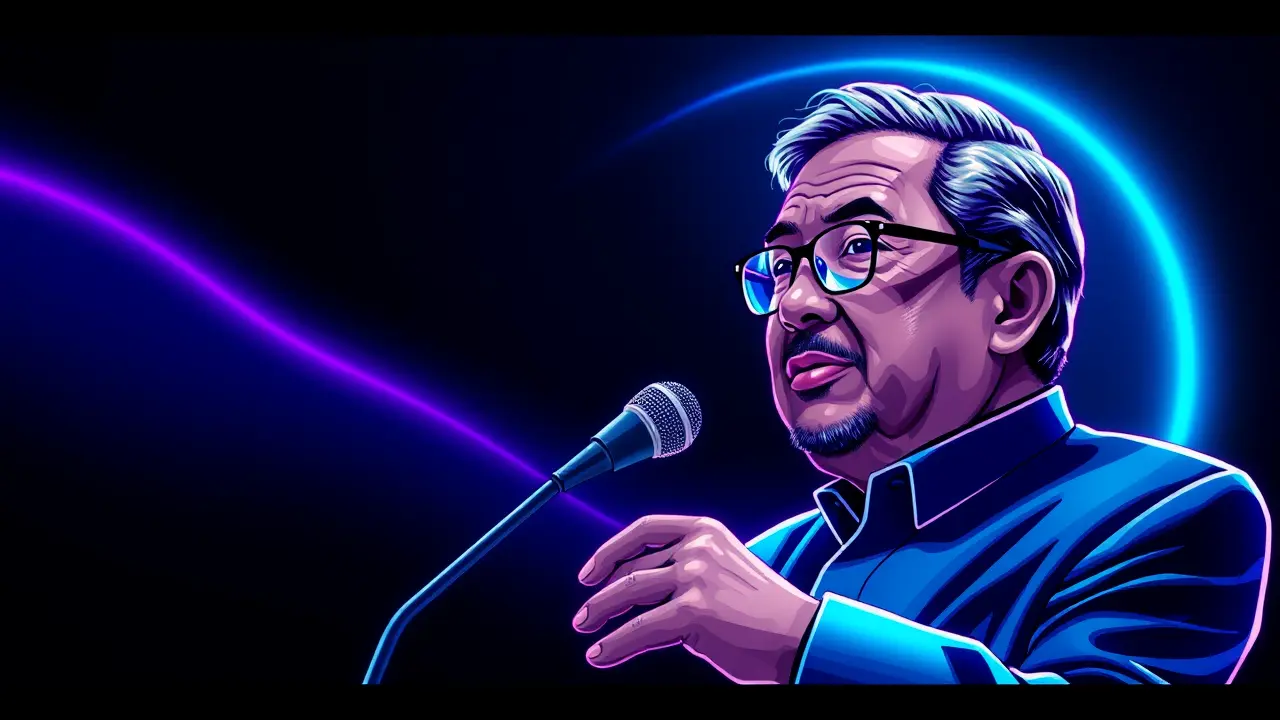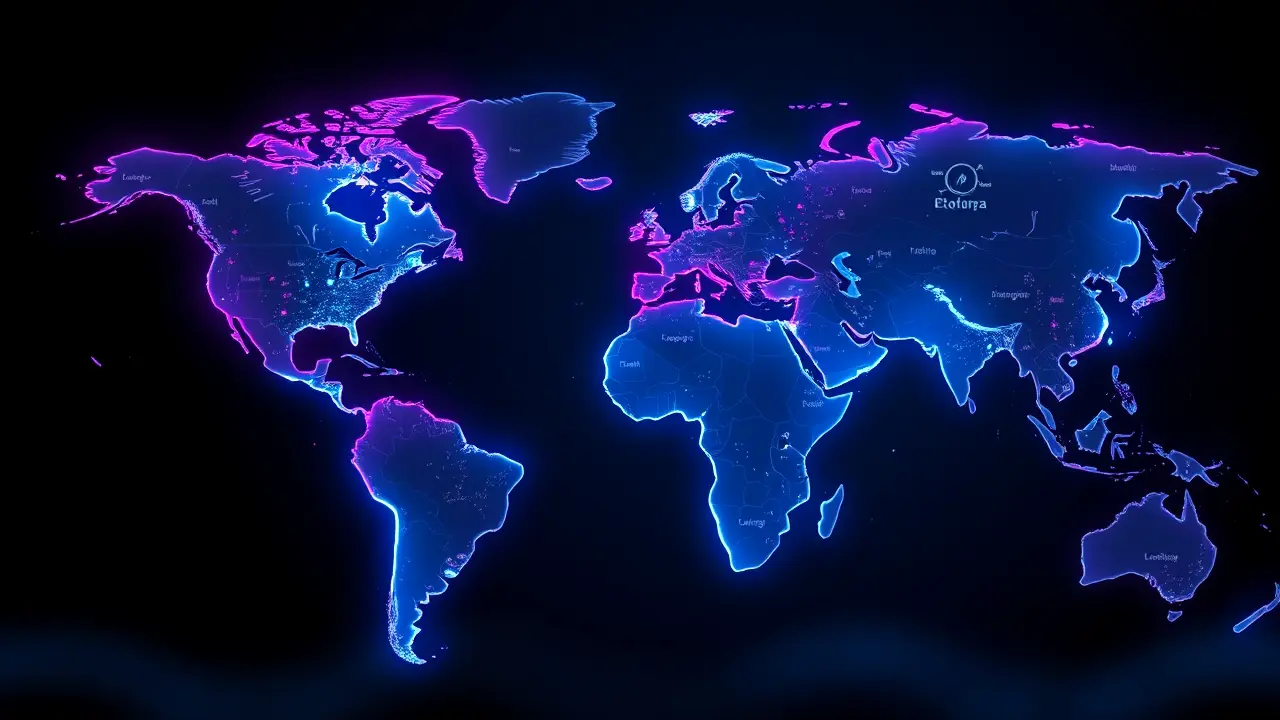
PoliticsdiplomacyBilateral Relations
China Resumes Group Travel to Canada After Leaders' Summit.
OL
Oliver Scott
9 hours ago7 min read
The announcement from Beijing that China has officially resumed group tours to Canada—coming just days after the first meeting between their top leaders in eight years—marks a significant de-escalation in a bilateral relationship that has been fraught with geopolitical risk and economic tension. This move, articulated by Chinese foreign ministry spokeswoman Mao Ning on Monday, effectively ends a prolonged Covid-19-era freeze that had conspicuously left Canada off Beijing's approved destination list for outbound group travel, even as such travel resumed to over 130 other nations.While Mao framed the decision as the result of 'comprehensive' consideration, the timing is a textbook case of diplomatic signaling, a calibrated maneuver designed to reward a recent high-level political engagement and test the waters for a broader rapprochement. For risk analysts, this is a development that demands a multi-layered scenario assessment.The context is critical: the Canada-China relationship has been in a deep freeze since the 2018 arrest of Huawei CFO Meng Wanzhou in Vancouver at the behest of the United States, which triggered China's retaliatory detention of two Canadian citizens, Michael Kovrig and Michael Spavor, in a case widely condemned as hostage diplomacy. The subsequent years saw trade barriers, heated rhetoric, and a near-total collapse of diplomatic trust, placing Canada in the precarious position of navigating its alliance with the U.S. against its significant economic dependencies on China.The recent leaders' summit, therefore, was not merely a photo opportunity but a potential inflection point, and the resumption of group travel is a low-cost, high-visibility confidence-building measure from Beijing. The immediate economic impact for Canada's tourism sector, which pre-pandemic saw Chinese visitors as a lucrative market, is tangible; however, the strategic implications are far more profound.One plausible scenario is a managed thaw, where China incrementally restores economic and diplomatic exchanges, using tourism as a lever to encourage Canada toward a more neutral stance on contentious issues like Taiwan and technological decoupling. Conversely, a more pessimistic scenario views this as a tactical pause, a temporary easing of pressure designed to create divisions within the Five Eyes intelligence alliance and exploit political cleavages within Canada itself, before the next inevitable point of conflict emerges.The calculus for Ottawa is equally complex. The Trudeau government must balance the genuine economic relief offered by returning Chinese tourists against the undeniable political and security risks of over-dependence.Will this gesture lead to a reopening of dialogues on blocked Canadian agricultural exports, such as canola and pork? Or does it merely make Canada more vulnerable to future coercive tactics? Expert commentary suggests that while the tourism resumption is a positive signal, it is a fragile one, entirely reversible should bilateral relations sour again. The long-term consequence hinges on whether this gesture is part of a genuine strategic reset or merely a tactical gambit in a longer, more protracted great power competition where middle powers like Canada are increasingly caught in the crossfire. The next indicators to watch will be the volume and pace of further economic reopenings and whether high-level diplomatic channels remain active, as the risks of a rapid re-freeze remain ever-present.
#featured
#China
#Canada
#group tours
#diplomatic relations
#travel industry
#foreign policy
Stay Informed. Act Smarter.
Get weekly highlights, major headlines, and expert insights — then put your knowledge to work in our live prediction markets.
Related News
© 2025 Outpoll Service LTD. All rights reserved.













